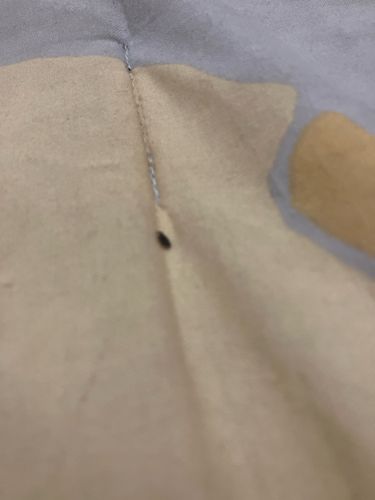Flea
Scientific Name: Siphonaptera (order); examples include 'Ctenocephalides felis' (cat flea) or 'Pulex irritans' (human flea)
Order & Family: Order: Siphonaptera; numerous families (e.g., Pulicidae, Ceratophyllidae)
Size: Typically 1.5 - 3.3 mm (0.06 - 0.13 inches) in length

Natural Habitat
Fleas are found in warm-blooded animal nests (e.g., pets, rodents, birds), carpets, bedding, cracks in floors, and furniture. They require a host for survival.
Diet & Feeding
Strictly hematophagous (blood-feeding); they feed on the blood of mammals and birds.
Behavior Patterns
Fleas are wingless insects known for their exceptional jumping ability. They are highly agile and can quickly move through fur or hair. They typically jump onto a host to feed multiple times a day. Females lay eggs (up to 50 per day) that fall off the host into the environment. Larvae feed on organic debris, including adult flea feces, before pupating. Adults emerge from pupae when vibrations or CO2 indicate a potential host is nearby. They are often most active in warmer conditions.
Risks & Benefits
Risks: Can cause itchy bites, allergic reactions (flea allergy dermatitis), and transmit diseases such as plague (Yersinia pestis), murine typhus (Rickettsia typhi), and tapeworms (e.g., Dipylidium caninum) to pets and sometimes humans. Benefits: None known to humans or domestic animals directly; they are an important food source for some predatory insects.
Identified on: 10/8/2025